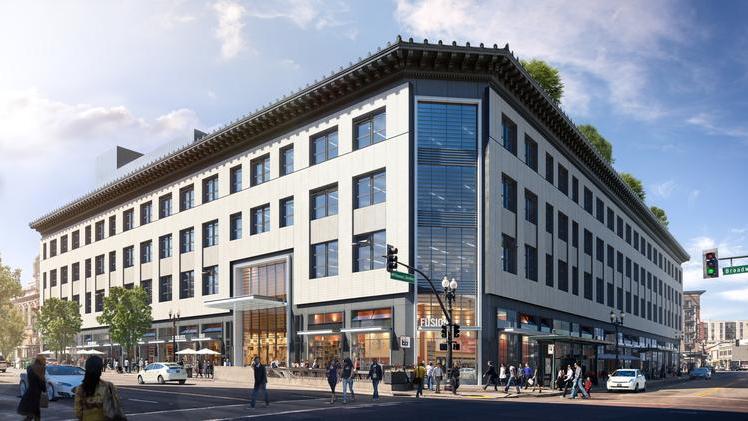Dear Uber,
We hear you recently discovered -- in a very Christopher Columbus sense of the word -- the city of Oakland.
Like so many former San Franciscans before you, you noticed that this land just on the other side of the bay offers so many perks: more space, (slightly) cheaper rent, a sense of community; it's a place where a middle-class family can, for the time being, still raise a family. It's also plagued by severe poverty in some neighborhoods, and the crime rates that usually accompany an atmosphere in which people are willing to do anything to put dinner on the table.
Noting this, you might have been expecting to be welcomed with open arms when you announced you'd be expanding your business into Oakland in 2017, with your purchase of the historic former Sears building downtown. With room for 3,000 employees, filling the entire building would easily make you the biggest business in town that isn't a government agency or medical center. Surely Mayor Libby Schaaf, who has very publicly been courting tech companies since her election last November, has rolled out the red carpet on her end.
"We're proud that Uber was attracted to Oakland's creative energy, incredible talent, progressive values, prime location and accessibility to the entire region," said Schaaf in a statement yesterday. "I also look forward to helping Uber make other meaningful contributions to Oakland that will make this a more equitable, vibrant city where everyone can thrive.” She then appeared at a press conference alongside Uber's Renee Atwood ("Global Head of People and Places"), each of 'em smiling wide to announce the beginning of a beautiful friendship.


